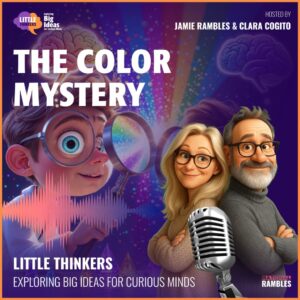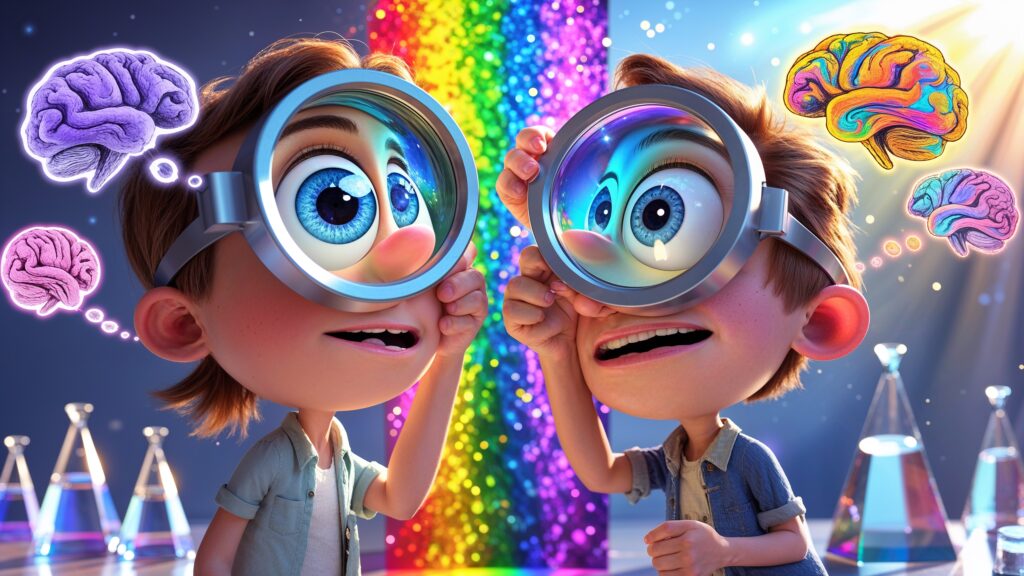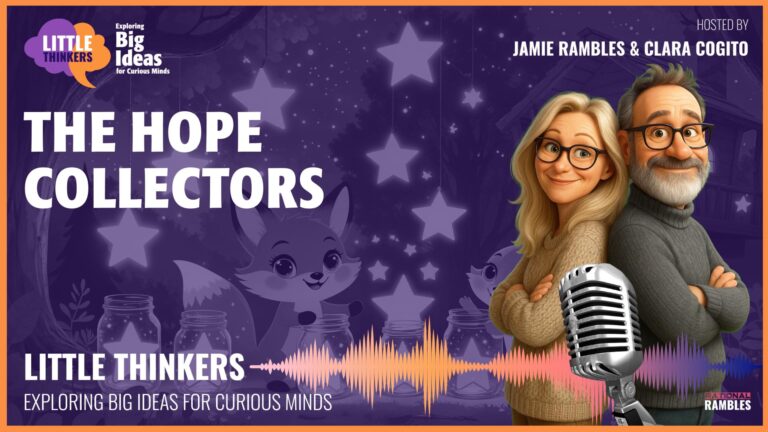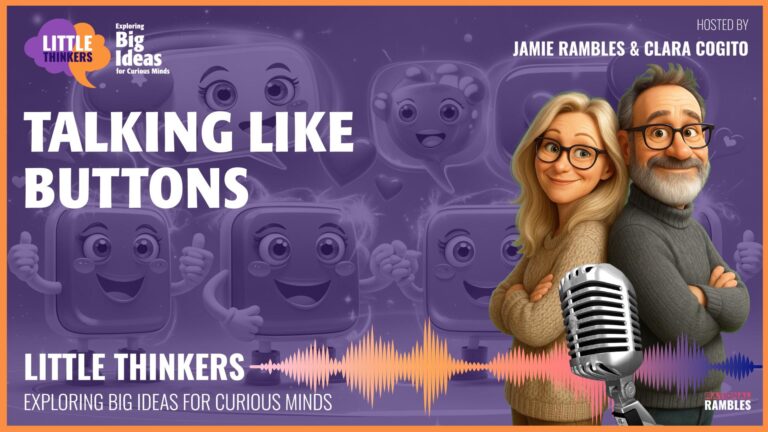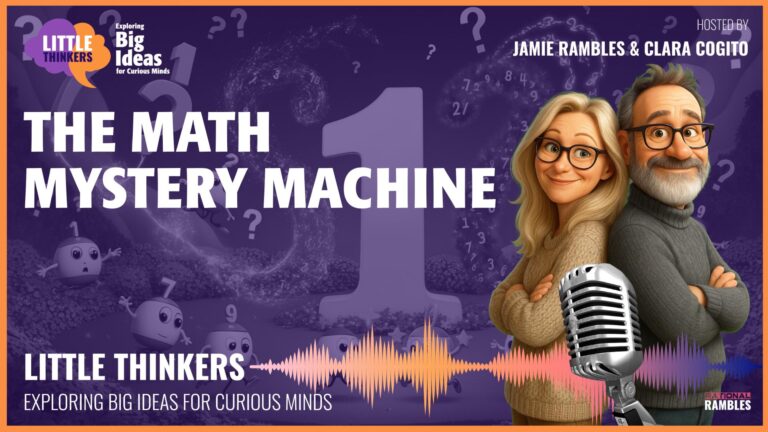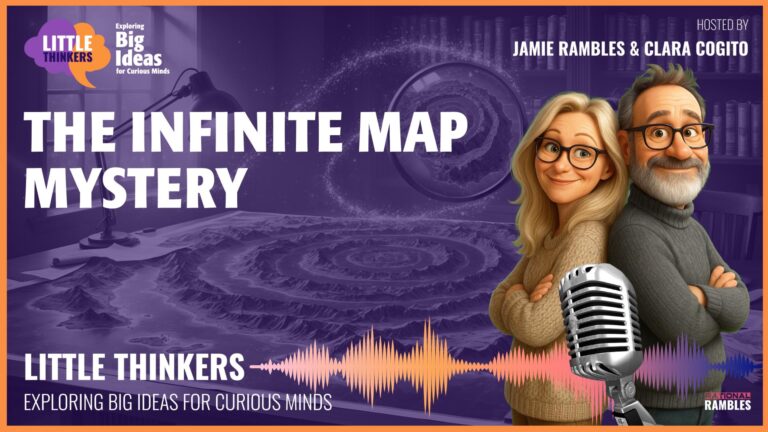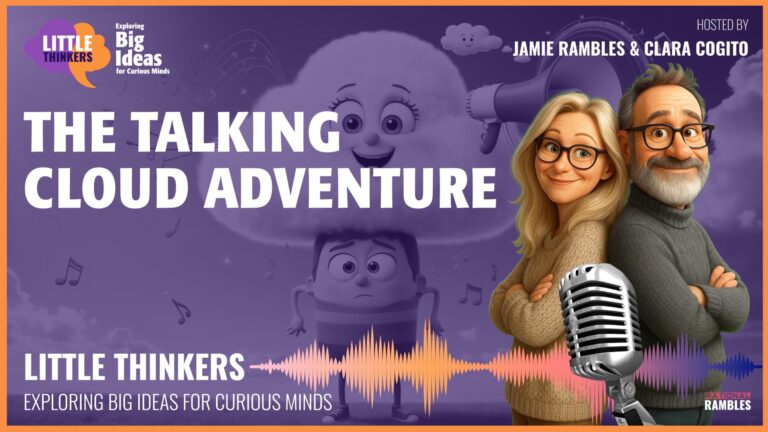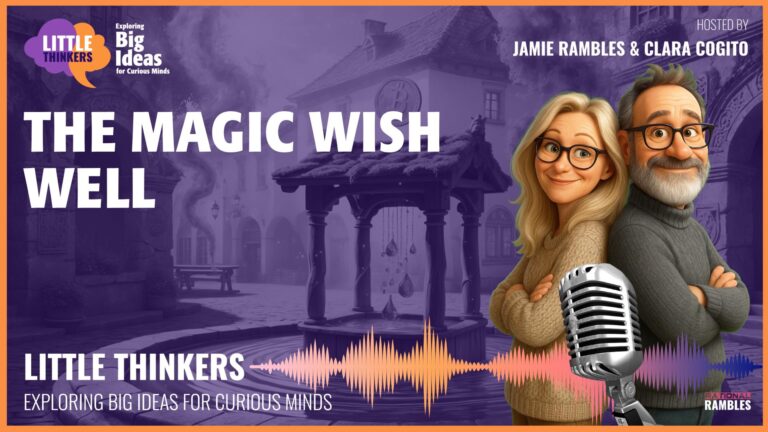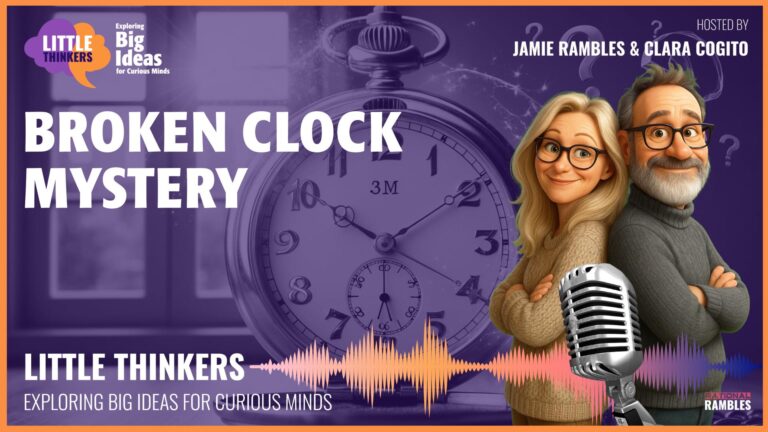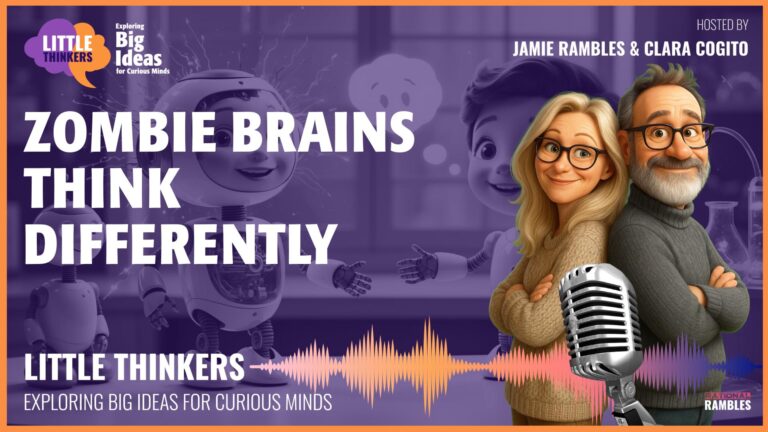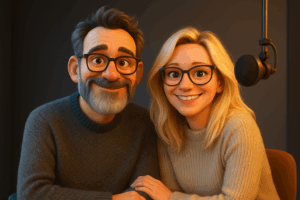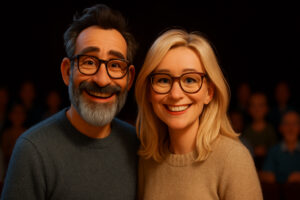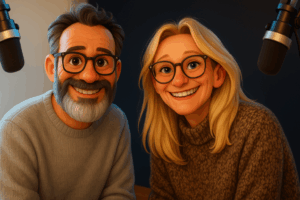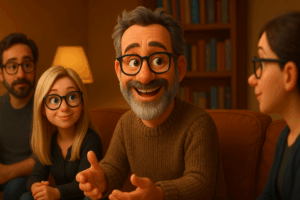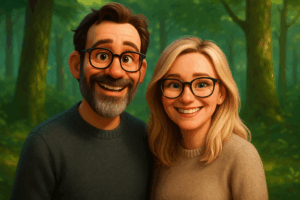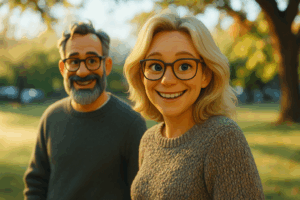The Amazing Color Mystery: Do We All See the Same Rainbow?
A Rainbow Puzzle for Your Brain
Have you ever looked at a beautiful red apple and wondered if your friend sees the exact same red that you do? What if what looks red to you actually looks green to them—but they still call it “red” because that’s what they learned to call it? This is one of the most mind-boggling questions in philosophy (that’s a fancy word for thinking about big questions about life)!
It’s like having a secret color world inside your head that nobody else can visit. Let’s explore this colorful mystery together!
The Color Swap Mystery
Imagine you and your best friend are looking at a fire truck. You both shout, “It’s red!” But what if—and this is the puzzling part—the color you see in your mind looks completely different from what your friend sees in their mind?
Maybe what you see as red, they see as blue. And what you see as green, they see as purple. But here’s the tricky part: you would never know your colors were different because you both learned to call fire trucks “red” and grass “green”!
A Brain-Fizzing Example
Think about your favorite crayon color. Maybe it’s purple. You and your friend both point to the purple crayon and say, “That’s purple!” But what if the color you’re actually seeing in your mind is what your friend would call yellow if they could peek inside your brain? Weird, right?
This big question has a fancy name: philosophers call it the “inverted spectrum” problem (which just means “flipped-around colors”).
Private Color Worlds
The special way you experience colors is something philosophers call “qualia” (pronounced “KWAH-lee-uh”). Qualia are your very own personal experiences that nobody else can see directly.
Qualia aren’t just about colors. They include:
- How chocolate ice cream tastes to you
- How your favorite song sounds to you
- How soft your teddy bear feels to you
It’s like everyone has their own special “feeling TV” inside their head that only they can watch!
The No-Peeking Problem
Here’s why this question is so tricky: You can’t jump inside your friend’s brain to check what colors look like to them. And they can’t jump into yours!
You can ask, “Does this apple look red to you?” and they’ll say “Yes!” But you still don’t know if their “red” experience looks the same as yours.
How Animals See Different Color Worlds
Did you know that different animals see colors in completely different ways? This gives us clues about how color experiences can be different!
Your eyes have tiny color detectors called “cones.” Most people have three types of these cones: one for reds, one for greens, and one for blues. Your brain mixes these signals together like paints to create all the colors you see.
Amazing Animal Vision Facts
- Bees can see ultraviolet light—colors that are completely invisible to us! Flowers have special ultraviolet patterns that guide bees to their nectar, like secret messages we can’t see.
- Dogs only have two types of color cones instead of three, so they see fewer colors than we do.
- Mantis shrimp have 16 different types of color receptors! Scientists think they might see amazing colors we can’t even imagine.
Some lucky people called “tetrachromats” have four types of color cones instead of three, so they might see millions more colors than most people!
Could We Test If We See Colors Differently?
Let’s put on our scientist hats and think: Could we design an experiment to find out if your friend sees colors differently than you do?
Test Idea #1: Color Feelings
Most people say red feels exciting and blue feels calm. What if we tested whether colors give people the same feelings?
But wait! We might have a problem. We might learn these feelings about colors as we grow up. We learn that red means “stop” or “danger” and blue means “peaceful like the sky.” So even if we saw colors differently, we might have learned the same feelings about them!
Test Idea #2: Brain Scans
Scientists have special machines that can see which parts of your brain “light up” when you look at different colors. But even if we found differences in brain patterns between people, we still wouldn’t know exactly what the colors look like to each person!
Test Idea #3: Color Matching
What if we asked people to group colors that look similar? But even this might not work because even if someone saw colors opposite from you, they would still see the same relationships between colors.
For example, red and orange would still look more similar to each other than red and blue, even if their “red” looked like your green!
Colorblindness: A Real Color Difference
People who are colorblind definitely see colors differently than other people do. Someone with red-green colorblindness might mix up red and green colors that look very different to others.
But that’s not quite the same as our color mystery. Why? Because people with colorblindness will sometimes disagree about color names. They might point to something green and call it brown because that’s how it looks to them.
In our color puzzle, everyone agrees on the names of colors—they just might experience them differently in their minds!
Beyond Colors: A Mystery of Consciousness
Consciousness is your aware experience of the world. It’s the feeling of what it’s like to be YOU! When you taste ice cream, feel happy, or hear your favorite song—that’s all consciousness.
Our color question is really asking about consciousness. Can different people have different conscious experiences even if they talk about the world in the same way?
And this question isn’t just about colors! How do you know if:
- Your experience of the taste of chocolate is the same as your friend’s?
- Your feeling of happiness feels the same as someone else’s happiness?
- Your experience of a tickle feels the same as how tickles feel to others?
It’s like we’re all walking around in our own personal versions of the world, just assuming everyone else’s version is the same as ours!
Why Words Can’t Solve The Mystery
Try this challenge: Describe the color purple to someone who has never seen any colors before. It’s super hard, right?
No matter how creative your description is (“Purple feels like a mysterious twilight sky” or “Purple is like a calm feeling with a touch of excitement”), your words can’t give someone the actual experience of seeing purple!
Some experiences might be impossible to explain with words alone. You just have to experience them directly.
What Do Scientists Think?
Many scientists believe our brains probably work similarly enough that most people have similar color experiences. After all, our brains are built using the same basic instructions.
But the amazing thing is—we can’t be 100% sure! And that uncertainty is what makes this such a fantastic thought puzzle!
Try This At Home: Color Thinking Activities
Want to explore this colorful mystery more? Try these fun activities:
- Color swap imagination: Look at a colorful picture and try to imagine how it would look if all the colors were swapped around (red becomes blue, green becomes yellow, etc.).
- Color feeling survey: Ask your friends and family what their favorite colors are and WHY they like them. Does blue feel calm to them too? Does yellow feel happy?
- Rainbow attention: Next time you see a rainbow or beautiful sunset, really pay attention to YOUR special experience of those colors. Remember that you’re seeing your own unique version of the world!
The Wonder of Our Mysterious Minds
Sometimes the questions without clear answers are the most exciting to think about! They stretch our brains in new directions and remind us how mysterious and wonderful our minds really are.
Even though we might never know for sure if we all see the same colors, just thinking about the question helps us appreciate something amazing: each of us experiences the world in our own special way!
So the next time you see a beautiful red flower or a bright blue sky, take a moment to enjoy YOUR unique experience of those colors—your own private color universe that’s all yours!


